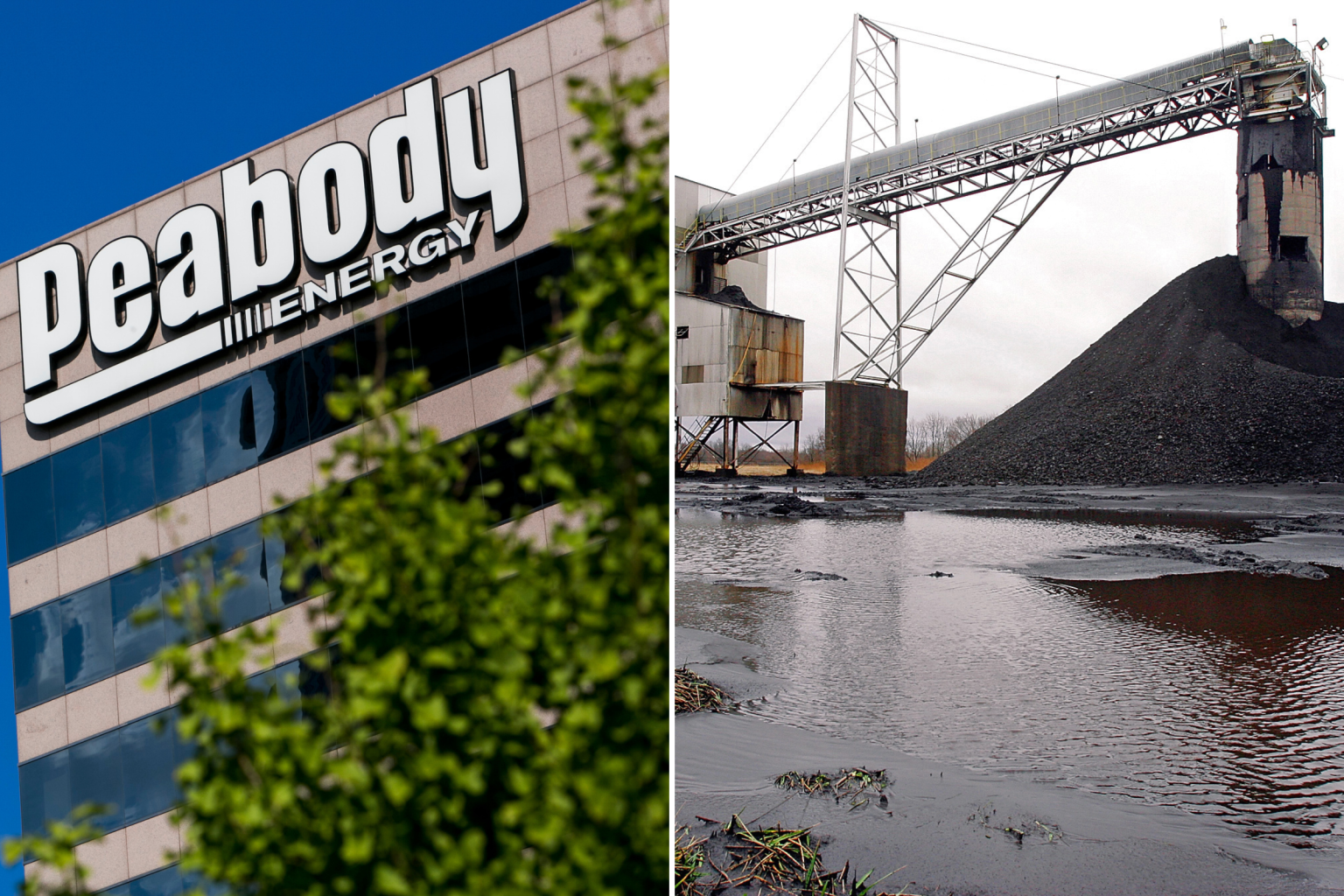Coal Mining Giant Seeks Expansion Amid Environmental Concerns in Sydney
In the picturesque landscape between Sydney and Wollongong, Australia, a century-old coal mine is at the center of environmental controversy as its American owner seeks to extend and expand operations. Peabody Energy, a major U.S. mining company headquartered in St. Louis, Missouri, has applied to continue mining in Helensburgh while adding two additional longwalls to its Metropolitan Mine. This proposal comes despite recent environmental violations that resulted in substantial fines for water contamination. The situation highlights the ongoing tension between economic benefits and environmental protection in communities dependent on resource extraction. For local residents who rely on nearby water reservoirs for drinking water, the stakes couldn’t be higher as they weigh the economic contributions of the mine against potential health and ecological impacts.
The controversy stems from Metropolitan Collieries, Peabody’s subsidiary, which was fined $327,700 by the New South Wales Environmental Protection Agency (NSW EPA) after coal-contaminated water overflowed into Camp Gully Creek, a tributary of the Hacking River that flows through Australia’s oldest national park. This pollution incident in 2022 raised serious concerns about the company’s environmental management practices, particularly given the mine’s proximity to the Woronora Reservoir, which supplies drinking water to several suburbs including Helensburgh, Sutherland Shire, and Engadine. Despite these violations, Peabody Energy maintains that its operations are safe and beneficial to the local economy. A company spokesperson emphasized that they are merely “seeking a two-year extension of permitting for a mine that has been in operation for more than a century,” suggesting continuity rather than expansion in their characterization of the application.
The environmental implications of expanded coal mining in this area extend far beyond a single pollution incident. Coal mining operations can release numerous contaminants into surrounding water systems when exposed rocks and minerals react with water or when waste materials leak into waterways. Experts have specifically warned about potential releases of barium, strontium, zinc, manganese, and aluminum into the watershed. These substances can have serious health implications for communities that depend on affected water sources, potentially increasing risks for certain cancers, heart disease, and reproductive issues. The longwall mining method that Peabody plans to expand is particularly efficient for coal extraction but raises specific environmental concerns. While the industry favors this technique for its productivity, safety benefits, and reduced need for manual labor, environmental specialists worry about its potential to release contaminants into the riverbed that could eventually contaminate drinking water systems.
The NSW EPA has responded to previous violations by imposing stricter conditions on Metropolitan Collieries’ operating license while allowing it to remain in place. These enhanced requirements include “tighter requirements for water management, additional monitoring, and improved reporting to ensure greater protection for surrounding waterways,” according to an EPA spokesperson. The license has undergone several variations to address identified risks, including mandates for independent water quality audits, requirements to address groundwater seepage, improved oversight of discharge points, and additional operational controls. These measures reflect regulators’ attempts to balance permitting ongoing mining operations with enhanced environmental protections, though critics question whether these safeguards are sufficient given the potential risks to water quality in such an environmentally sensitive area.
Peabody Energy presents its case for expansion by highlighting both economic benefits and technical safeguards. The company estimates that the expansion would allow extraction of an additional 2.8 million tons of coal from the area. A company spokesperson told Newsweek that “Metropolitan Mine is more than 500 meters underground and uses some of Australia’s narrowest longwall paths to minimize subsidence impacts,” adding that “two independent scientific panels have confirmed there is no connective cracking to the surface as result of mining activities.” The economic argument is equally prominent in Peabody’s defense, with claims that last year the operations “contributed $73.5 million in wages, over $200 million in spending with local suppliers and provided a $324 million return for the New South Wales economy.” These substantial economic benefits create a difficult decision for regulators and communities weighing environmental protection against economic prosperity.
As the application for extension and expansion awaits decision, the Helensburgh case exemplifies broader global tensions between fossil fuel extraction and environmental protection. On one side stands a century-old mining operation providing significant economic benefits to the region through jobs, local spending, and tax revenue. On the other side are concerns about water quality, public health, and the protection of natural resources, particularly in a region where mining operations sit beneath crucial drinking water reservoirs and adjacent to protected natural areas. The outcome of Peabody’s application will signal regulatory priorities in balancing these competing interests. For residents of Helensburgh and surrounding communities, the decision will have direct implications for both their economic future and the safety of their drinking water. As climate change concerns grow globally, cases like this highlight the complex legacy of established fossil fuel operations and the challenging transitions that resource-dependent communities face.















